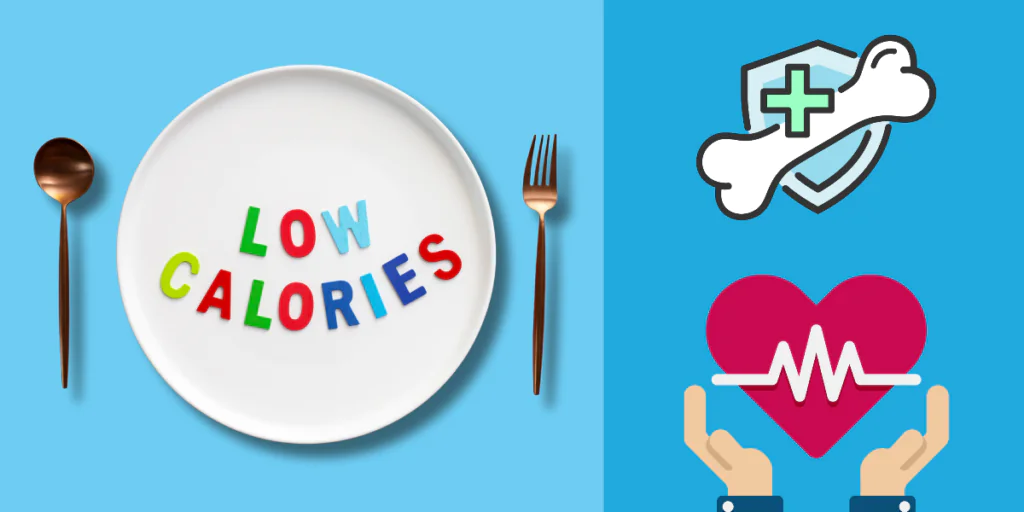Millets are fast becoming popular among Indians who want to embrace healthier diets. One of the most promising varieties for health, particularly for weight loss and diabetes management, is barnyard millet. Known locally as “Sanwa” in Hindi, this millet is widely consumed in India, especially during fasting periods, but it’s more than just a fasting grain. Barnyard millet is packed with nutrients that support balanced blood sugar levels, manage weight, and promote overall well-being. Let’s explore why barnyard millet is an ideal addition to weight loss and diabetic diets.
1. Low Glycemic Index for Stable Blood Sugar
Barnyard millet is a low-glycemic index (GI) grain, which means it does not cause rapid spikes in blood sugar levels. For people with diabetes, stable blood sugar is essential. High-GI foods lead to sudden increases in glucose levels, which can be dangerous for diabetics and may cause insulin resistance over time. The low-GI property of barnyard millet results from its high fiber and protein content. When consumed, it releases glucose gradually into the bloodstream, helping maintain stable energy levels throughout the day. This characteristic makes barnyard millet a perfect grain for those managing diabetes.
2. High in Dietary Fiber for Satiety and Digestive Health
One of the primary reasons barnyard millet is so effective for weight loss is its high fiber content. Fiber plays a critical role in promoting satiety, which helps curb overeating. A high-fiber diet also aids digestion, helping prevent constipation and promoting regular bowel movements. The dietary fiber in barnyard millet absorbs water, adding bulk to stool and making it easier to pass. This effect not only improves digestive health but also aids in weight management by reducing overall calorie intake. For anyone looking to shed extra weight or maintain a healthy digestive system, adding barnyard millet to meals can be a beneficial choice.
3. Low-Calorie and Nutrient-Dense Grain
Barnyard millet is naturally low in calories but nutrient-dense, meaning it provides essential nutrients without contributing to weight gain. This is especially beneficial for individuals focused on calorie-restricted diets for weight loss. A single serving of barnyard millet is rich in vitamins and minerals, particularly iron, magnesium, and calcium. Consuming nutrient-dense foods allows the body to get the necessary vitamins and minerals it needs without excessive calorie intake. This quality makes barnyard millet an efficient choice for anyone working to achieve or maintain a healthy weight while supporting optimal nutrition.
4. Rich Source of Protein for Muscle Health and Satiety
For those following vegetarian or plant-based diets, barnyard millet serves as an excellent source of plant protein. Protein is essential for muscle repair, immunity, and overall cell function. Additionally, protein helps prolong the feeling of fullness, reducing the chances of mid-meal cravings. Including barnyard millet in meals can therefore benefit individuals looking to manage weight, as it prevents frequent snacking by keeping hunger at bay. When combined with other protein sources like dal, beans, or paneer, barnyard millet can contribute to a balanced meal that satisfies hunger and supports muscle health.

5. Naturally Gluten-Free
Barnyard millet is naturally gluten-free, making it a safe and nutritious option for individuals with gluten intolerance or celiac disease. Many gluten-free grains can be highly processed, which may reduce their nutritional value. In contrast, barnyard millet remains nutrient-dense and is a whole grain, offering significant health benefits without gluten. This makes it an ideal substitute for wheat and refined flour in Indian dishes like rotis, idlis, and upmas. By adding barnyard millet to their diet, those with gluten sensitivities can still enjoy traditional dishes without digestive discomfort.
6. High Antioxidant Content for Cellular Health
Barnyard millet is rich in antioxidants like polyphenols and flavonoids, which play a vital role in protecting cells from oxidative stress. Oxidative stress occurs when there’s an imbalance between free radicals and antioxidants in the body, leading to cellular damage. This damage is linked to numerous chronic diseases, including diabetes, heart disease, and cancer. By including antioxidant-rich foods like barnyard millet in the diet, individuals can help reduce inflammation and support cellular health. This is particularly beneficial for those managing diabetes, as antioxidants can help lower the inflammation often associated with diabetic complications.
7. Supports Bone Health with Calcium and Phosphorus
Barnyard millet contains essential minerals, including calcium and phosphorus, which are crucial for bone health. Calcium is well-known for its role in maintaining bone density and strength, while phosphorus supports bone and teeth formation. For individuals at risk of osteoporosis or those with family histories of bone issues, adding barnyard millet to the diet may help in maintaining stronger bones. This is especially beneficial for vegetarians and individuals with dairy sensitivities, who may have limited sources of calcium in their diet.
8. Good for Heart Health
The fiber, antioxidants, and minerals in barnyard millet combine to support heart health. Fiber helps lower LDL cholesterol levels, which can reduce the risk of plaque buildup in arteries. Meanwhile, antioxidants protect the heart from oxidative stress and inflammation, which are factors in heart disease. Magnesium in barnyard millet is another heart-friendly nutrient, known for regulating blood pressure and reducing the risk of hypertension. Adding barnyard millet to daily meals can be a proactive step for individuals concerned about cardiovascular health.
9. Quick and Versatile to Prepare
Barnyard millet is easy to cook and versatile, fitting well into many Indian recipes. Its mild flavor complements a variety of dishes, making it a suitable replacement for rice, wheat, or semolina (suji). You can use barnyard millet to prepare traditional Indian recipes like khichdi, upma, or kheer. It can also be ground into flour for making rotis or mixed into dosa batter. This versatility allows for easy incorporation into meals, making it convenient to reap its health benefits without drastically altering your diet.
How to Include Barnyard Millet in Your Diet
Incorporating barnyard millet into your diet is simple, and its versatility means it can be added to multiple dishes. Here are a few meal ideas to get you started:
- Barnyard Millet Khichdi: Substitute rice with barnyard millet to make a nutritious, filling khichdi with dal and vegetables.
- Barnyard Millet Upma: Prepare upma using barnyard millet instead of suji for a fiber-rich breakfast option.
- Barnyard Millet Porridge: Boil barnyard millet with milk, add a touch of jaggery, and garnish with nuts for a hearty breakfast porridge.
- Barnyard Millet Dosa: Add barnyard millet to your dosa batter to create a nutritious, gluten-free alternative.
- Barnyard Millet Pulao: Make a flavorful pulao with barnyard millet, spices, and mixed vegetables.
Key Takeaways: Why Barnyard Millet Should Be Part of Your Diet
Barnyard millet is an exceptional grain with numerous health benefits that support both weight loss and diabetes management. Its low glycemic index makes it a great choice for controlling blood sugar levels, while its high fiber content aids in digestion and weight control. The nutrient density of barnyard millet provides essential vitamins and minerals like iron, calcium, and phosphorus, contributing to better bone health, heart health, and muscle function. Additionally, its natural gluten-free nature makes it a safe and nutritious choice for those with gluten sensitivity or celiac disease.
In a country where rice and wheat dominate most meals, barnyard millet offers an exciting, healthy alternative that can easily replace traditional grains. Its versatility allows it to be used in various dishes, so you can enjoy it in khichdis, rotis, dosas, or even as a simple pulao. By adding barnyard millet to your diet, you can enjoy a variety of health benefits while sticking to a balanced and satisfying eating plan.
Read also: Red Rice Benefits: Why You Should Add It to Your Die
Medical Disclaimer: This article is for informational purposes only and is not a substitute for professional medical advice. Always consult with a healthcare provider for personalized recommendations.




















